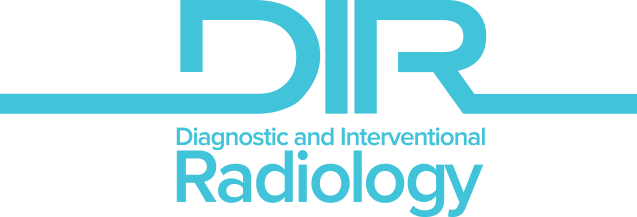ABSTRACT
PURPOSE
To evaluate the mammographic findings of the sternalis muscle and discuss appropriate diagnostic approaches.
MATERIALS AND METHODS
Ten years of records from our mammography unit were retrospectively examined for the presence of the sternalis muscle. This variant was seen in 10 women out of the 52,930 examined, and the mammograms of these patients were reevaluated. The size, shape and contours of the muscle were reviewed on the craniocaudal (CC) and mediolateral oblique (MLO) views. Yearly mammograms were assessed to evaluate follow-up changes. Extra examinations were reviewed, including ultrasound (US), computed tomography (CT) and magnetic resonance imaging (MRI).
RESULTS
The prevalence of the sternalis muscle was 0.018%. Its contours were well-defined, irregular or spiculated, and the diameter ranged from 3-4 mm to 15 mm. The shape of the muscle varied from slightly bulging to round or triangular. The muscle was detected on MLO projections in three patients as an inferior soft tissue density at the posterior edge of the breast, continuous with the pectoralis muscle. Distinct pulling of the breast led to variations in the appearance of the muscle on yearly mammograms. US examinations were normal in all patients. CT and MRI showed the muscle clearly.
CONCLUSION
The appearance of the sternalis muscle may vary on CC views. It may also be detected on MLO projections. The ability to visualize the muscle depends on proper positioning. Knowledge of its detectability on mammograms will prevent the misdiagnosis of a mass and prevent further unnecessary investigations.



